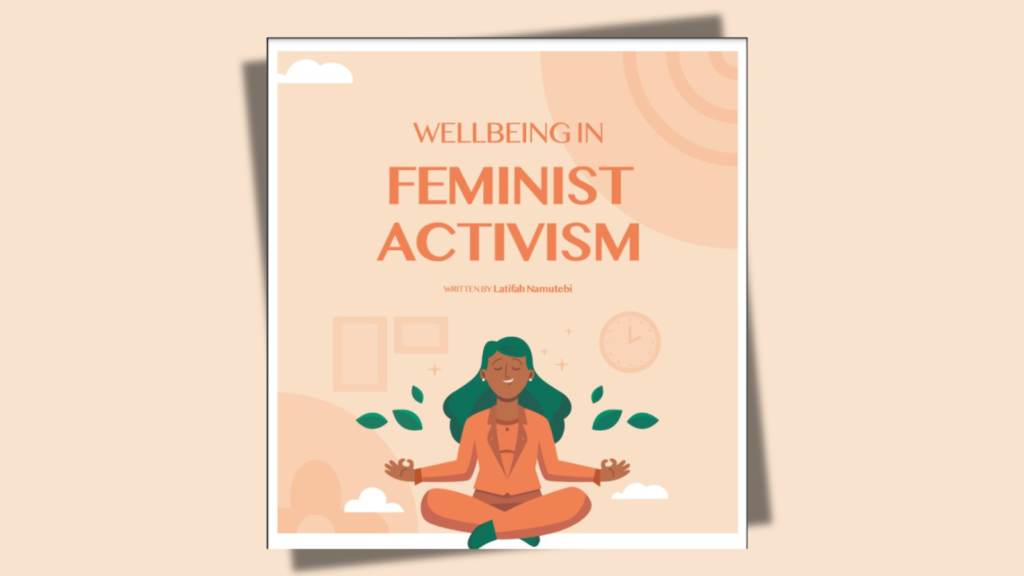By Evelyn Birungi
“The work of educating the world to peace is the woman’s job, because men have a natural fear of being classed as cowards if they oppose war.” Jeanette Rankin once said. Although women have the power and ability to just as actively contribute and fuel conflicts, more often than not, they are championing for peace.
This past decade we have heard more examples of this, for example; It was women who brought an end to the 14-year war in Liberia, organizing daily sit-ins, staging vigils, and taking to the streets until negotiators agreed to sign a deal. In Afghanistan, the courageous People’s Peace Movement was first sparked by women in Helmand province. A picture of 22 year old Alaa Sallah in the middle of the Sudan revolution went viral and inspired many. “The future is female” “Lady Liberty of Sudan” is an example of some of the reactions that were filled on social media screens. Women have always been key players in the fight for peace although their efforts have gone unrecognized. In this article, I will attempt to explain peace building, UN 1325 and just how important it is to actively adopt it.
Efforts to build and sustain peace are necessary, not only when conflict has already broken out, but long beforehand through addressing conflict and its root causes.
We must work better together across the peace continuum, focusing on all dimensions of conflict. UN Secretary General Antonio Guterres…
Women in peace building
Women have been on the sidelines of peace building but they are the main people against whom violence in wars is perpetuated. During conflicts, women are; sexually abused, widowed and rendered childless. In the long run, women have the most to lose and hence need to be stakeholders of peace.
Conflicts affect the different gender in various ways, and while the known stereotype has been that women are natural nurturers, one cannot discuss women in peace building without looking at the work they have done and the provisions of the UN resolution 1325.
Four pillars;
Each of the Resolution’s mandates is related to one of the four basic pillars: participation, protection, prevention and relief and recovery. Each pillar is below as described by the Resolution.
- Participation: Calls for increased participation of women at all levels of decision-making, including in national, regional, and international institutions; in mechanisms for the prevention, management and resolution of conflict; in peace negotiations; in peace operations, as soldiers, police, and civilians; and as Special Representatives of the U.N. Secretary-General.
- Protection: Calls specifically for the protection of women and girls from sexual and gender-based violence, including in emergency and humanitarian situations, such as in refugee camps.
- Prevention: Calls for improving intervention strategies in the prevention of violence against women, including by prosecuting those responsible for violations of international law; strengthening women’s rights under national law; and supporting local women’s peace initiatives and conflict resolution processes.
- Relief and recovery: Calls for advancement of relief and recovery measures to address international crises through a gendered lens, including by respecting the civilian and humanitarian nature of refugee camps, and considering the needs of women and girls in the design of refugee camps and settlements.
Peace building means various things to different people and bodies; According to the peace building manual, peace building has become an overarching term for an entire range of actions designed to contribute to building a culture of peace. International alert defines peace building as dealing with the reasons why people fight in the first place and supporting societies to manage their differences and conflicts without resorting to violence.
How does peace building work?
Peace building is work that we must constantly build on because it’s made up of various factors. For peace building to work, there should be violence prevention, encourage progressive relations across ethnic, religious, class, national and racial confines, conflict management and post-conflict reconciliation and as recently acknowledged women participation. Participation: Calls for increased participation of women at all levels of decision-making, including in national, regional, and international institutions; in mechanisms for the prevention, management and resolution of conflict; in peace negotiations; in peace operations, as soldiers, police, and civilians; and as Special Representatives of the U.N. Secretary-General.
Why is it important to be aware of this and seek to integrate it into our systems and life?
This could better be explained through the key components and recommendations of the resolution which are;
-Preventing sexual and gender-based violence in armed conflict: Resolution 1325 calls upon all parties to conflict to take special measures to protect women and girls from violence in armed conflict, particularly sexual and gender-based violence. This would make a world of a difference because sexual violence against women and girls is widespread in conflict and used as a war tactic
•Peace negotiations: The resolution calls for including a gender perspective in peace negotiations and increasing women’s participation in peace negotiation, with particular attention to supporting local women’s peace initiatives. This would acknowledge women’s role in peace negotiations and demand their seats at the table.
•Protection of women and girls in refugee settings The resolution calls upon parties to conflict to consider the special needs of women in girls in designing and administering refugee camps.
•Disarmament, demobilization and reintegration (DDR): It also calls for considering gender in DDR, particularly the different needs of male and female ex-combatants.
•Women’s political participation: The resolution calls upon member states to increase women’s participation at all levels of decision-making in national, regional, and international institutions.
•Incorporate a gender perspective into peacekeeping operations, consider gender in Security Council missions, and consult with international and local women’s organizations.
•Provide training for the UN and member states on the protection, rights, and needs of women; gender sensitivity; and the importance of involving women in peacekeeping and peace-building measures.
•Gender balancing in the UN: Increase women’s representation as Special Representatives and envoys, and in field operations, particularly among military observers, police, and human rights and humanitarian personnel.
•Reporting: The resolution requests that the UN Secretary-General conduct a study on the impact of armed conflict on women and girls, the role of women in peace-building, the gender dimensions of peace processes and conflict resolution, and on gender mainstreaming in UN peacekeeping missions.



